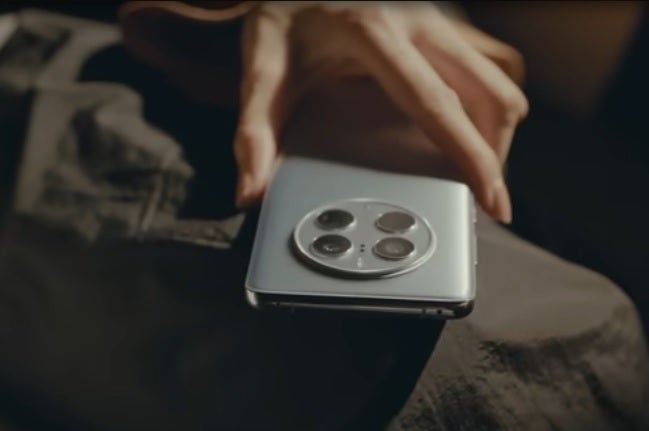Huawei collected more from patent licensing than it paid out for the second straight year
No matter how hard the U.S. tries to punish Chinese manufacturer Huawei for being a threat to national security, the company keeps fighting back. After losing access to its U.S. supply chain in 2019 and forced to abandon the Google Mobile Services version of Android, Huawei developed HarmonyOS with version 3.0 of the software running the Mate 50 series. The following year, the U.S. forced chip foundries using American technology to produce chips to stop shipping cutting-edge silicon to Huawei.
Huawei’s EUV patent could eventually help China manufacture cutting-edge chips

Strong demand for the Huawei Mate 50 Pro has the company feeling good these days
The top EUV lithography supplier is a Dutch firm called ASML and it is not allowed to sell these machines to China. Since the invention of the EUV helped take chips to a 7nm process node and lower, Huawei’s patent could help China’s SMIC eventually compete with TSMC and Samsung Foundry. Right now, SMIC is believed to be able to produce 7nm chips for cryptocurrency mining but is limited to a 14nm process node for smartphone chips.
This is a cycle that Huawei might be able to ride for some time even with the restrictions placed on it by the U.S. As Geiszler points out, the technology included in the patents that Huawei is licensing isn’t subject to U.S. restrictions. That’s because the technology is publicly disclosed.
Because it’s producing fewer devices, Huawei is getting paid on some cross-licensing deals
Huawei also agreed to extend its licensing deal with Nokia which collected revenue from Huawei when the deal was first signed in 2017. While Huawei has generated $1.2 billion from patent licensing over the last three years ending in 2021, it still has a long way to go to catch up with a company like Nokia which took in $1.59 billion in patent licensing revenue in 2021 alone. Huawei’s full-year 2022 patent licensing revenue won’t be computed until some time next year.
The money generated by patent licensing still doesn’t make up for the billions of dollars in sales Huawei lost from the U.S. restrictions. However, the U.S. actions have helped Huawei become more aggressive when licensing its own patents. And with some cross-licensing deals, the company is getting money back from companies on the other side of the deal since Huawei isn’t producing as many devices as it used to.
For all the latest Technology News Click Here
For the latest news and updates, follow us on Google News.

